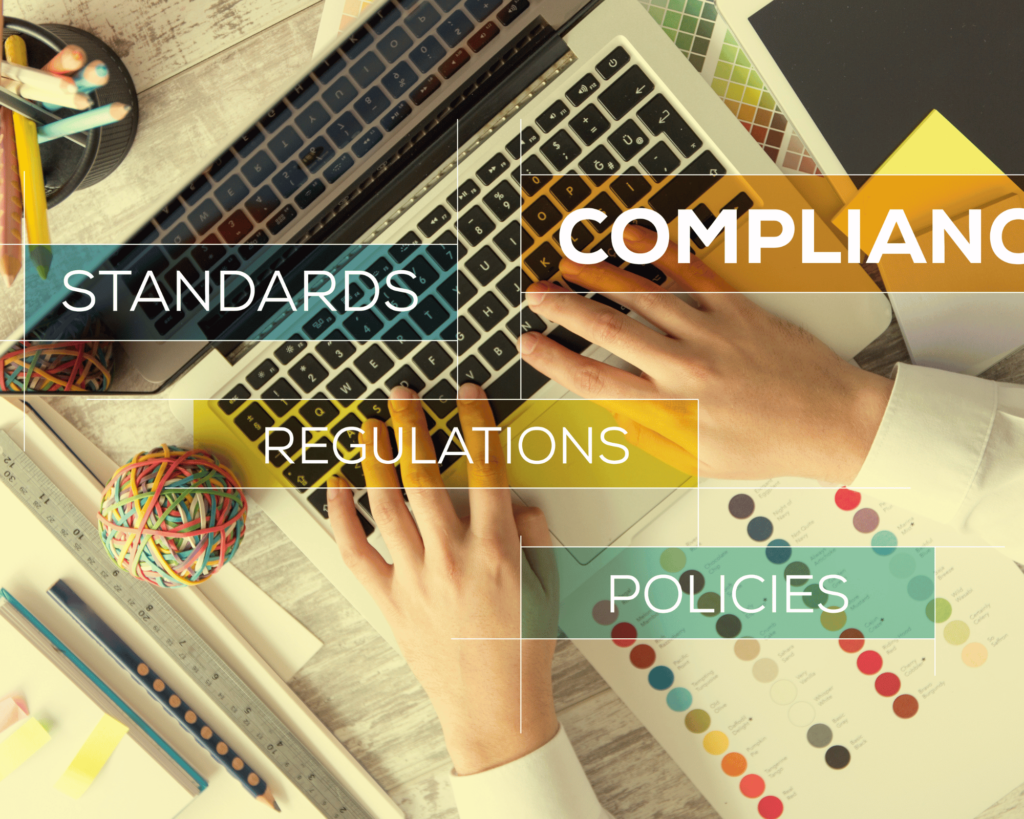The Federal Information Security Management Act (FISMA) is a federal law that outlines security guidelines and standards for federal information systems to protect against unauthorized access, use, disclosure, modification, or destruction of sensitive government information. FISMA has been in effect since 2002 and has undergone multiple updates and revisions to keep pace with rapidly evolving cyber threats.
This article provides an overview of FISMA, including its history, objectives, key components, and how it has evolved over the years to address modern cybersecurity challenges. It also delves into the roles of different federal agencies in implementing FISMA and how the law has influenced security practices in the private sector.
A Brief History of FISMA
FISMA was enacted in 2002 as Title III of the E-Government Act. The law was a response to a growing number of cybersecurity threats and vulnerabilities in federal information systems. FISMA’s primary objective was to establish guidelines and standards to ensure that all federal agencies’ information systems were adequately protected. It recognized that the security of these systems was crucial to the economic and national security interests of the United States.
Over time, FISMA has undergone several revisions to address new and emerging cybersecurity threats. The most recent update came in 2014 with the Federal Information Security Modernization Act (FISMA 2014). This update codified the Department of Homeland Security’s authority to implement information security policies for non-national security federal Executive Branch systems. It also established a continuous monitoring approach to security and risk management.

Key Components of FISMA
FISMA defines a comprehensive framework for federal agencies to protect government information, operations, and assets against natural and manmade threats. The law has five key components:
- Risk Management Framework (RMF): The RMF is a critical component of FISMA that provides a structured process for assessing and managing cybersecurity risk. The framework consists of six steps: categorize, select, implement, assess, authorize, and monitor.
- Security Controls: FISMA requires federal agencies to implement security controls that are appropriate for the level of risk associated with their information systems. These controls are based on standards developed by the National Institute of Standards and Technology (NIST), which include a wide range of technical, management, and operational controls.
- Security Assessment: FISMA requires federal agencies to conduct security assessments of their information systems to identify vulnerabilities and assess the effectiveness of their security controls.
- Certification and Accreditation: FISMA requires federal agencies to certify and accredit their information systems to ensure they meet security requirements and standards.
- Continuous Monitoring: FISMA requires federal agencies to continuously monitor their information systems for vulnerabilities, threats, and incidents to ensure that security controls remain effective.
Role of Federal Agencies in Implementing FISMA
Several federal agencies play a role in implementing FISMA. The Department of Homeland Security (DHS) is responsible for overseeing and administering the implementation of information security policies for non-national security federal Executive Branch systems. The National Institute of Standards and Technology (NIST) is responsible for developing and publishing standards, guidelines, and best practices for federal agencies to follow.
The Office of Management and Budget (OMB) provides guidance and oversight to ensure that federal agencies comply with FISMA requirements. The Government Accountability Office (GAO) audits federal agencies’ compliance with FISMA and reports on their effectiveness.
FISMA and the Private Sector
While FISMA applies to federal agencies, its impact on the private sector cannot be ignored. The law has influenced security practices across various industries, particularly those that work with federal agencies or handle sensitive government data. Companies that provide products and services to federal agencies must comply with FISMA’s requirements and demonstrate that their products and services meet the necessary security standards.
Moreover, FISMA has served as a blueprint for other cybersecurity laws and regulations, such as the Cybersecurity Information Sharing Act (CISA) and the Federal Risk and Authorization Management Program (FedRAMP). Both laws require companies to meet security standards and guidelines similar to those outlined in FISMA.
The Role of FISMA in Modern Cybersecurity
As cyber threats continue to evolve, FISMA has adapted to ensure that federal agencies have the tools and resources they need to protect against these threats. In recent years, the government has emphasized the importance of a continuous monitoring approach to security and risk management.
In 2020, the White House released its annual FISMA report to Congress, highlighting the government’s progress in implementing the law’s requirements. The report notes that federal agencies are improving their cybersecurity posture by adopting best practices, implementing security controls, and leveraging innovative technologies.
However, there is still work to be done. The report also notes that federal agencies need to improve their implementation of the Risk Management Framework (RMF) and prioritize cybersecurity investments. The government must continue to evolve its approach to cybersecurity to keep pace with emerging threats and vulnerabilities.
The Takeaway
FISMA is a critical law that outlines security guidelines and standards for federal information systems. The law has evolved since its inception in 2002, with updates to address modern cybersecurity challenges. FISMA’s primary objective is to ensure that federal agencies’ information systems are adequately protected to safeguard sensitive government information.
The law’s key components include the Risk Management Framework, security controls, security assessment, certification and accreditation, and continuous monitoring. The law has influenced security practices in the private sector, particularly in industries that work with federal agencies or handle sensitive government data.
As cyber threats continue to evolve, FISMA remains a critical law in ensuring the protection of sensitive government information. The government must continue to evolve its approach to cybersecurity to keep pace with emerging threats and vulnerabilities.

